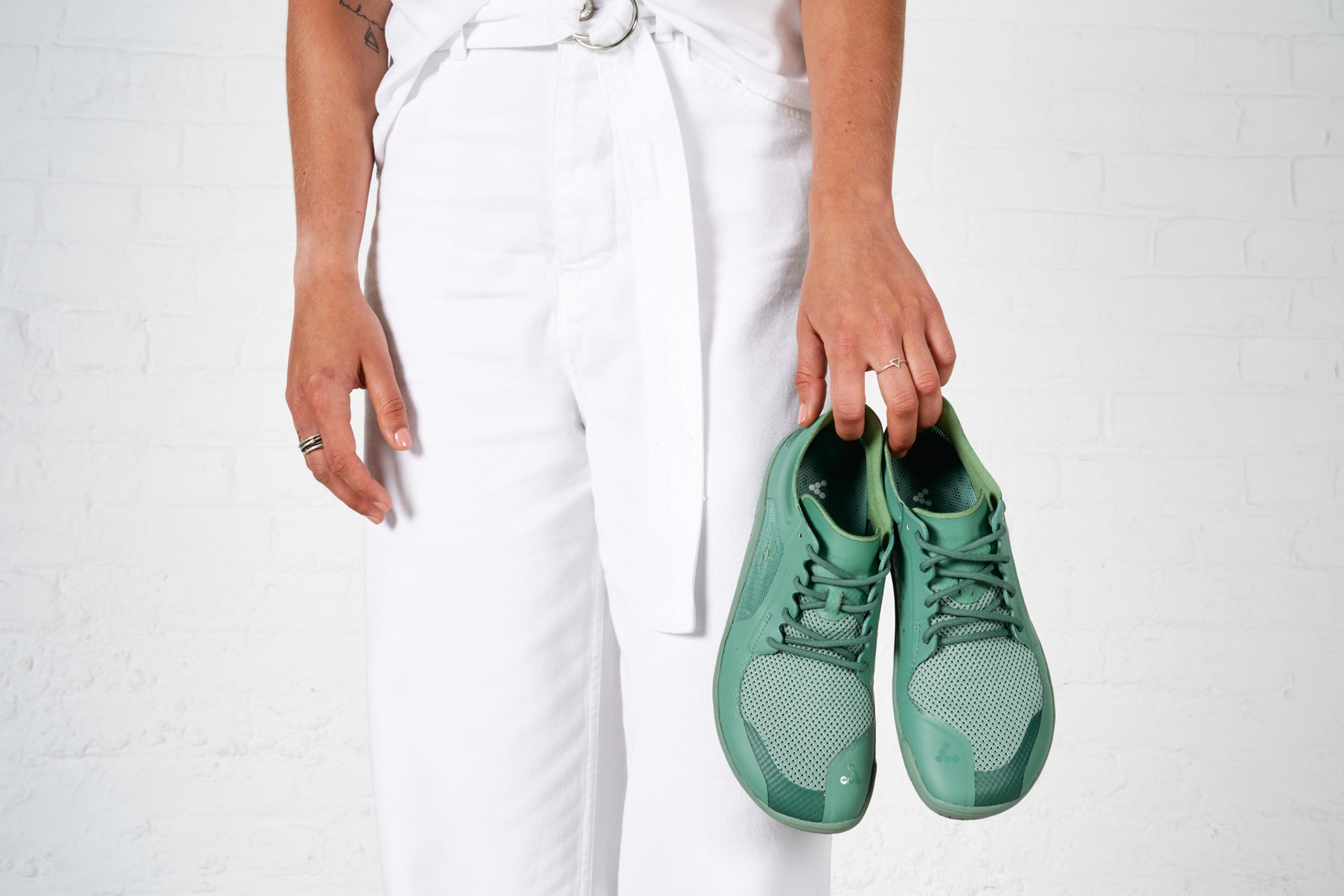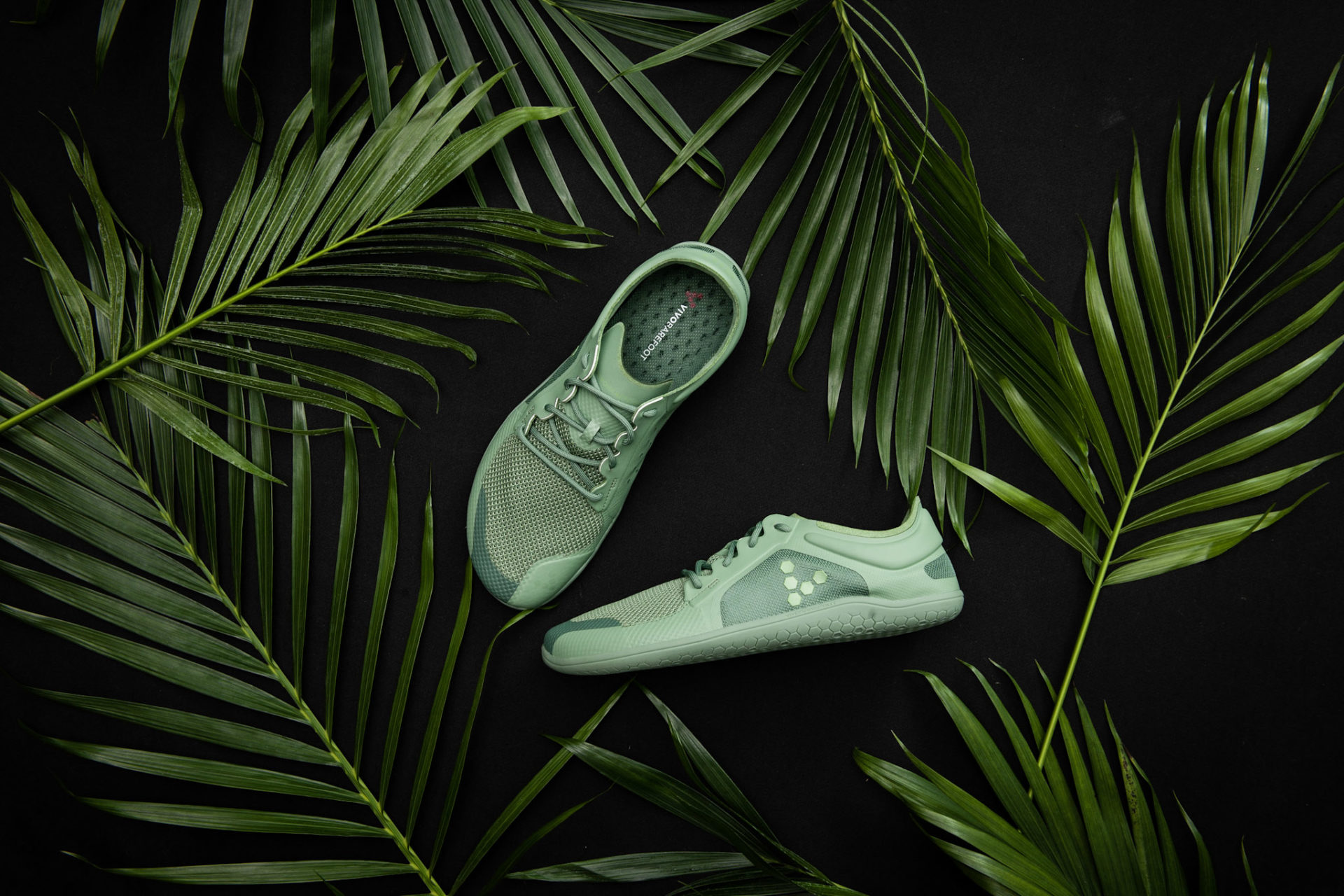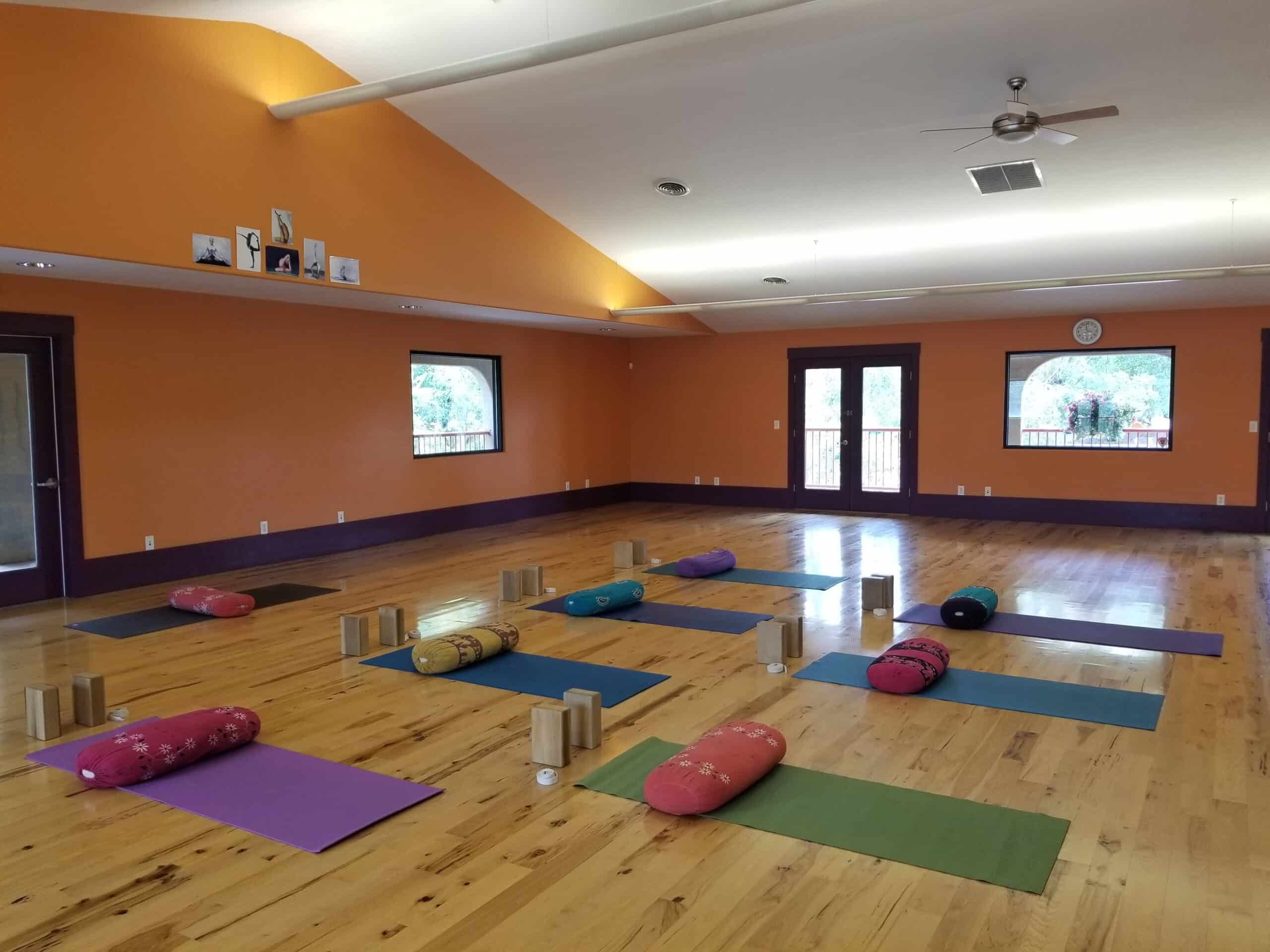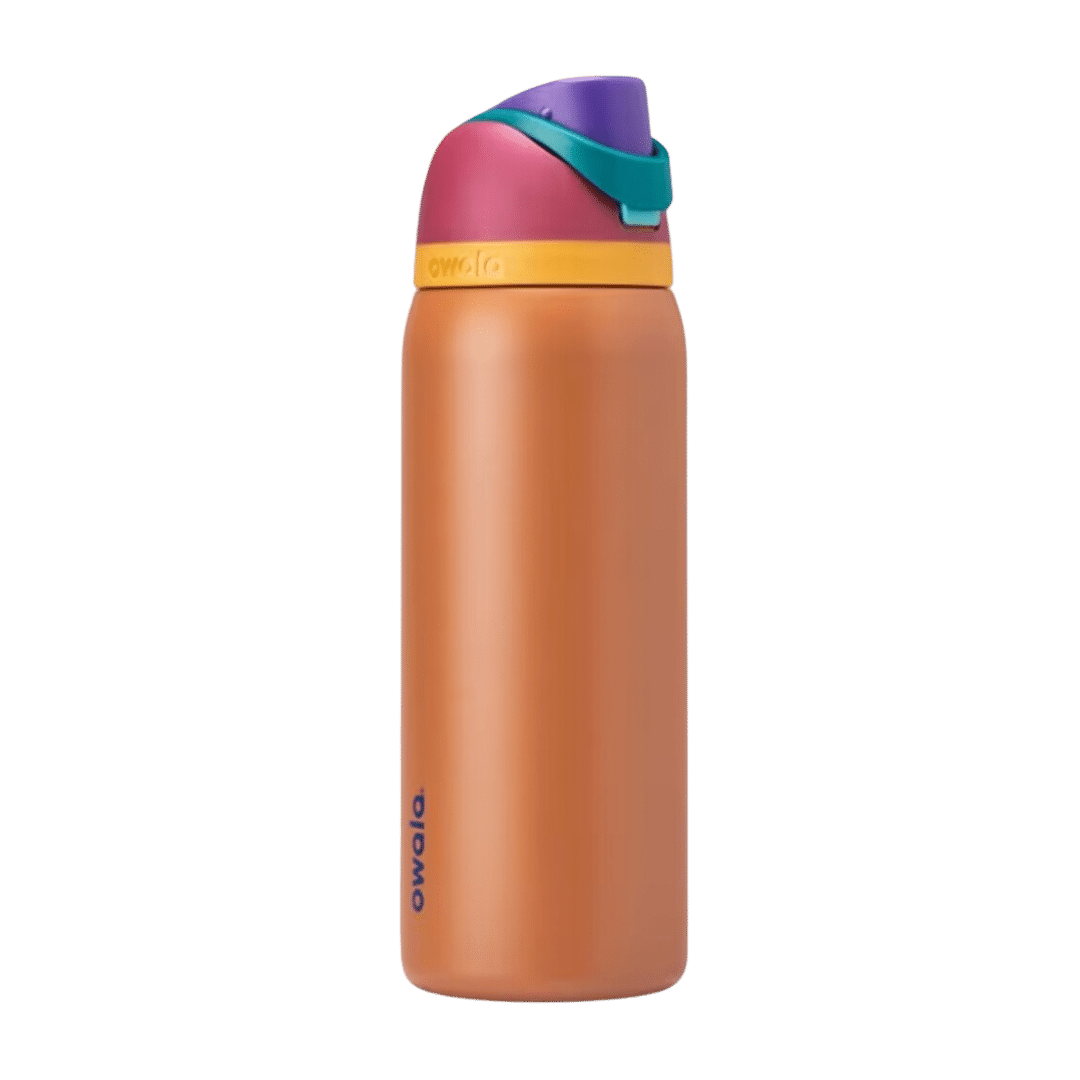Sustainability Story : Vivobarefoot
Q + A with Asher Clark, design director at Vivobarefoot
We love Vivobarefoot’s mission to be 100 percent sustainable by 2021. What does sustainability mean to Vivobarefoot?
For us, “sustainable shoe making is barefoot shoe making.”
When we started Vivobarefoot, we were told we were making shoes “wrong” — they were too thin, too wide, not enough toe-spring. But we knew that conventional shoes hurt the movement of feet and often demand production processes that hurt the environment, too. Sustainable design has to be fit for purpose. And for the planet. So we followed our feet, not the rules. Our goal? To create shoes with zero bio-mechanical interference that allow the foot to do its natural thing and have zero impact on the environment.
How do Vivobarefoot shoes minimize our environmental footprint?

More than 20 billion pairs of shoes are made annually, most from petrochemicals, which have a harmful impact on the environment, contributing to the already serious effects of climate change.
Vivobarefoot is uses bio, natural and recycled materials across all their shoes. Vivobarefoot’s bio range is a continuation of Vivobarefoot’s recently launched Primus Lite II Bio, the company’s most innovative sustainable shoe to-date and one of the world’s first plant-based performance shoes. The Primus Lite II Bio was created with nearly 30 percent plant-based materials, including Bio TPU made from yellow dent field corn, natural rubber and lightweight harvested algae called Bloom, minimizing the reliance on single-use petroleum materials.
Vivobarefoot’s recycled range uses post-consumer PET and features styles such as the Primus Lite, Primus Trail, Magna Trail, and Stealth, which are made with 50 percent recycled plastic bottles.
Vivobarefoot also uses algae-based BLOOM foam, a sustainable alternative to petrochemicals, sourced from lakes around the world. Algae-based BLOOM foam is high performance foam made using algae biomass which cleans and restores the environment. This is the first sustainable alternative to the synthetic and petrochemical EVA foam, and Vivobarefoot was the first footwear company to use this material to make shoes in 2017.
How does shoe performance and sustainability work together, if they do?
As part of Vivobarefoot’s recent efforts to create footwear out of natural materials, the company has also teamed up with The Woolmark Company to reimagine two of their iconic barefoot performance shoes made using gold-rated leather, Tencel and Merino wool due to its incredible natural performance and sustainability credentials. Merino wool is a 100 percent renewable fiber grown year-round by Australia’s 71 million sheep that consume a simple blend of water, air, sunshine and grass. The Woolmark brand represents a commitment between woolgrowers, brands and consumers on the authenticity and quality of the fiber and has a transparent mission of connecting the farm-to-supply chain so we can bring the amazing benefits of wool performance to the world.
We are far from perfect but we are committed and excited to take further steps on our long-term sustainability journey towards the goal of creating fully sustainable shoes that are healthier for people and healthier for the planet. We are always searching for better materials and by using three key material groups — bio, recycled and natural — as our focus helps us position the right materials in the right place that can deliver the performance, durability and ultimately have as little impact on the planet as possible.
The FreeSip from Owala keeps your water cold for up to 24 hours, allows you to drink two [...]

Subscribe to Our Tribe
Stay up to date with Y+L News, Events and special announcements.










